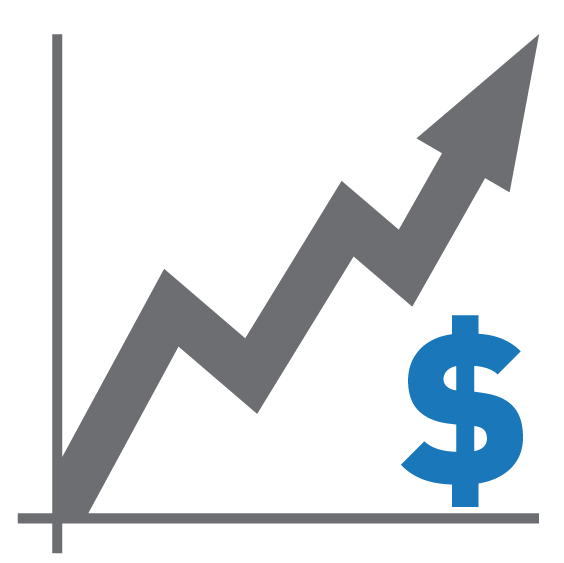Why can it be difficult to measure the effectiveness of your ad campaign? There are many reasons, but here are just a few. For starters, you may be measuring the wrong metrics. The campaign cycle could be too long and complicated. Or analytical tools aren't being used to their full benefit.
The reasons could be endless. With that in mind, we'd like to look at basic, cost-effective ways to measure your ad campaign ROI.
A Platform-Specific Approach
Full disclosure: This post will, for the most part, be directed towards marketing departments that run a standardized marketing platform. (Think HubSpot or Salesforce for CRM). If you're one of these firms, you already have a head start, and that's because these platforms make it relatively easy to measure ad campaign ROI by tracking assets and their link to the contacts and generated revenue. That said, if you don't fall into this camp, fear not; we'll address your concerns as well.
Define Your Campaign
First and foremost, you need to start with a clear idea of what constitutes a campaign. For firms rolling out an inbound campaign, it can encompass things like landing pages, SEO, blogs, email marketing and lead nurturing. But once again, if these things are rolled out under the umbrella of an inbound marketing platform, your ability to measure effectiveness got a whole lot easier, as you'll soon see.
Tagging Assets to a Campaign
Now we're getting to the important stuff. Regardless of if you run an all-in-one platform or rely on Google Analytics, you need to tag assets to your campaign. For example, Salesforce users should attach a campaign "tag" to landing pages. As a result, the landing page becomes linked to leads that subsequently convert on that page. HubSpot users will select the “Campaign” dropdown on the Options tab; Salesforce users will select from the “Salesforce Campaign” dropdown on the Content tab.
Also realize that you should tag all elements of your campaign, not just landing pages. As noted, these elements can include blogs, keywords, calls to action, and more. The point is simple: link all elements so you can see what leads were generated from this one singular campaign. (The same logic applies to non-Salesforce users. Click here for more insight on applying campaign tags using Google Analytics.)
Measuring Effectiveness
Once the tags are set, your campaign is ready to roll. Then it comes time to view the reports. HubSpot users can view the effectiveness of these aforementioned assets — blogs, keywords, etc. — by clicking on Content > Campaigns. Viewers will see metrics like views, CTA clicks, and conversions. These are the goods right here!
Salesforce users, meanwhile, can take a look at top line revenue and ROI numbers by visiting the "Reports" tabs and searching for "Campaigns." The Campaign ROI Analysis report, for example, provides an intuitive view of campaigns with associated responses, opportunities, won opportunities, revenue, and ROI.
What do you think? How does your team track ad campaign ROI? What are the handful of metrics that you make sure to show your boss? Have you found the measurement functionality in platforms like HubSpot and Salesforce to be intuitive or cumbersome?
Looking for more ROI tricks and tools? Download our eBook.






